In cold weather, you can certainly expect diesel fuel to begin to gel. Those who live in areas with temperatures well below freezing will employ block heaters to keep this from happening. But will these devices un-gel diesel? We researched these devices in depth so that you'll know for sure how they work.
A block heater will help diesel un-gel, but you might need to employ other strategies to make the fuel usable again.
Now that we know that a block heater alone might not fully un-gel diesel, we'll take a look at what you need to do to make this fuel usable again. You might also be wondering at what temperature diesel begins to gel, or if winterized diesel will gel. For the answers to these questions and more, read ahead in this post to see what our research has uncovered.
How to safely un-gel diesel fuel quickly and efficiently
Time in a warmer area will un-gel the diesel fluid in your fuel lines. How much time this will take depends on how warm the environment is. But you might be wanting to get this done faster or might not have a warm spot to get your vehicle into.
In this case, you can use an engine block to get the process started. This will heat the metal under the hood up fairly quickly, making the fuel begin to un-gel. But if the fuel has gelled too much, you might need to take some other steps.
Using an additive will help speed up the process
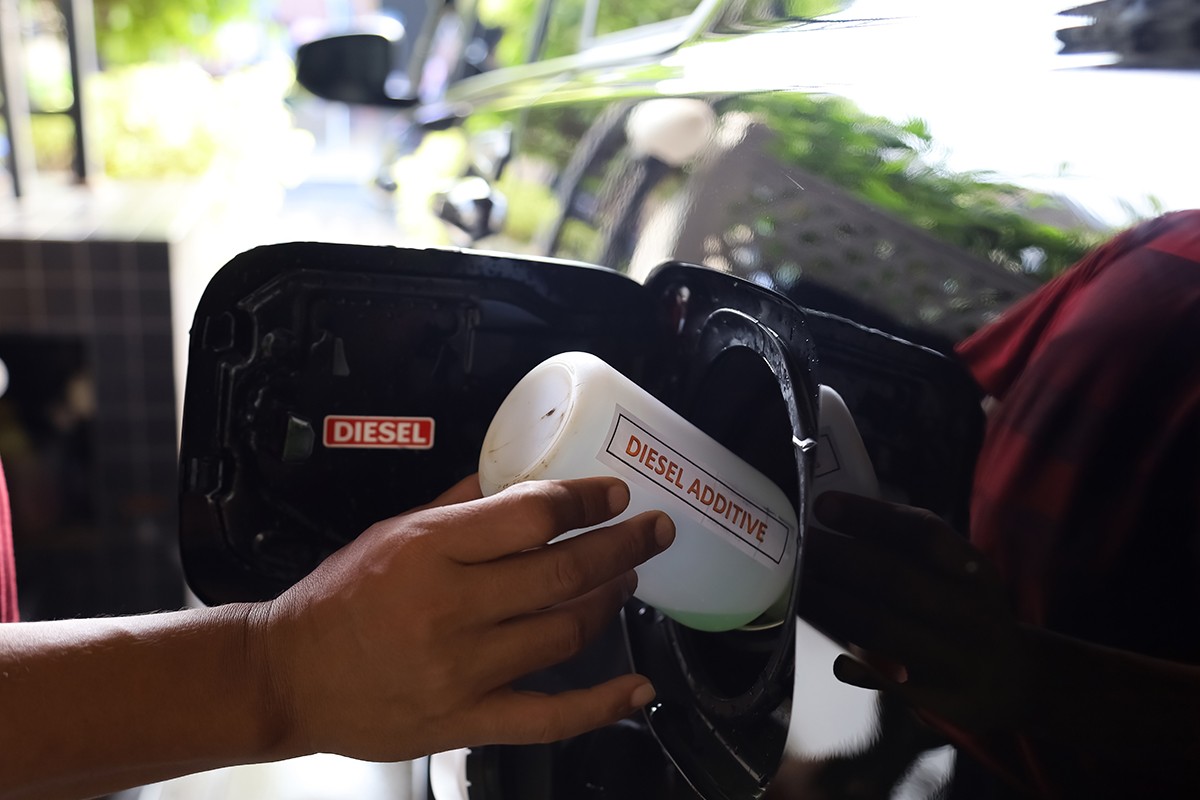
The diesel fuel will un-gel a lot faster if you use specialized additives in the fuel tank. An additive like Sno-Cat will work to de-solidify the fuel, allowing it to flow through the fuel lines once more. A ratio of one ounce of this additive per 10 gallons of fuel (that's in the tank) will do the trick.
You'll want to also remove the fuel filter and put some of this additive on the filter element. Do the same for the filter housing. This will keep gelled diesel fuel from entering the fuel line from these parts.
You will need to prime the engine to get this additive to work
Prime the diesel fuel system according to the manufacturer's recommendations. Afterward, it will take about 30 minutes for the additive to fully un-gel the diesel fuel.
With the combination of the additive and the block heater, you'll have the vehicle back to operational a lot faster than waiting for the fuel to un-gel on its own.
At what temperature does diesel fuel begin to gel?
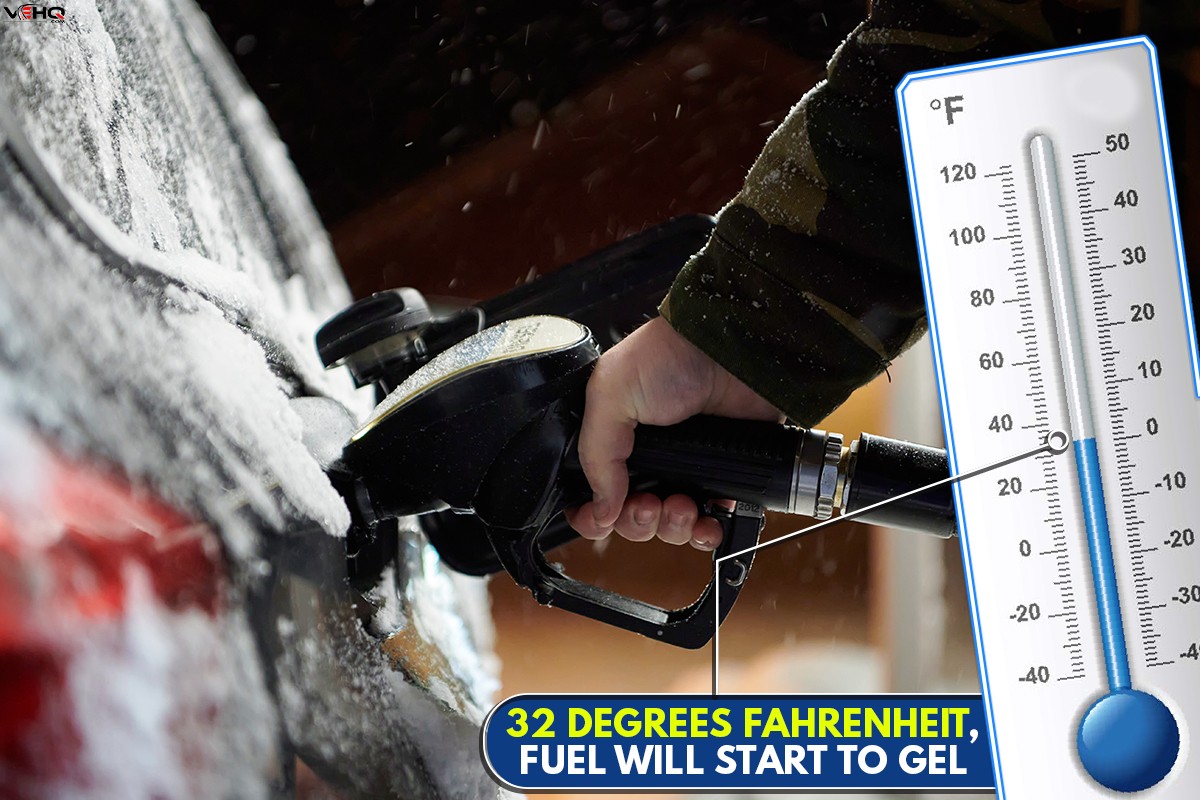
Diesel fuel will begin to gel at a temperature that might surprise you. Beginning at only 32 degrees Fahrenheit, this fuel will start the gelling process. As the temperature drops, the faster this fuel will gel.
At the freezing point, you would notice that the fuel begins to get cloudy. This is from the wax inside the diesel fuel beginning to solidify. But this will not be enough to impact driving, however.
But when the temperature drops to less than 15 degrees, the wax will quickly begin to gel. This makes it difficult for the fuel to pass through the fuel lines and the fuel filters. If the fuel isn't heated quickly, it will gel to the point where you won't be able to operate your vehicle.
Does winterized diesel fuel gel?
There are two main grades of diesel fuel. These are marketed as #1 diesel fuel and #2 diesel fuel. A "winterized" diesel fuel is created when these two fuels are blended together.
#1 diesel fuel does not contain the paraffin, or wax, that is present in the #2 fuel. As it's the wax that gels and makes the fuel lines clog, removing or reducing the amount of wax in the fuel will prevent gelling.
When these two diesel fuels are blended into one, there is less concentration of wax, thus reducing the temperature that the fuel can be exposed to before it gels.
So why not just use #1 diesel fuel all the time? In many engines, this fuel type will significantly reduce the engine's life. Blending the two reduces the risk of harm. And using only #2 will mean that your fuel lines could be full of gelled diesel fuel at warmer temperatures than you might expect.
Why does diesel fuel gel?
Diesel fuel contains a small amount of paraffin in it. As temperatures begin to drop, this waxy substance will begin to slowly solidify. You can notice this begins to happen at 32 degrees Fahrenheit.
The colder the temperature gets, the quicker the wax will gel. Eventually, there is enough gelling inside the diesel fuel that it will not be able to pass through the fuel line or fuel filter. The engine will need this fuel to operate, so it will not start up.
Diesel fuel will un-gel as soon it is exposed to warmer temperatures. How long this takes will be determined by how much gelling has occurred and how warm the outside environment is.
What happens if you add too much anti-gel to diesel?
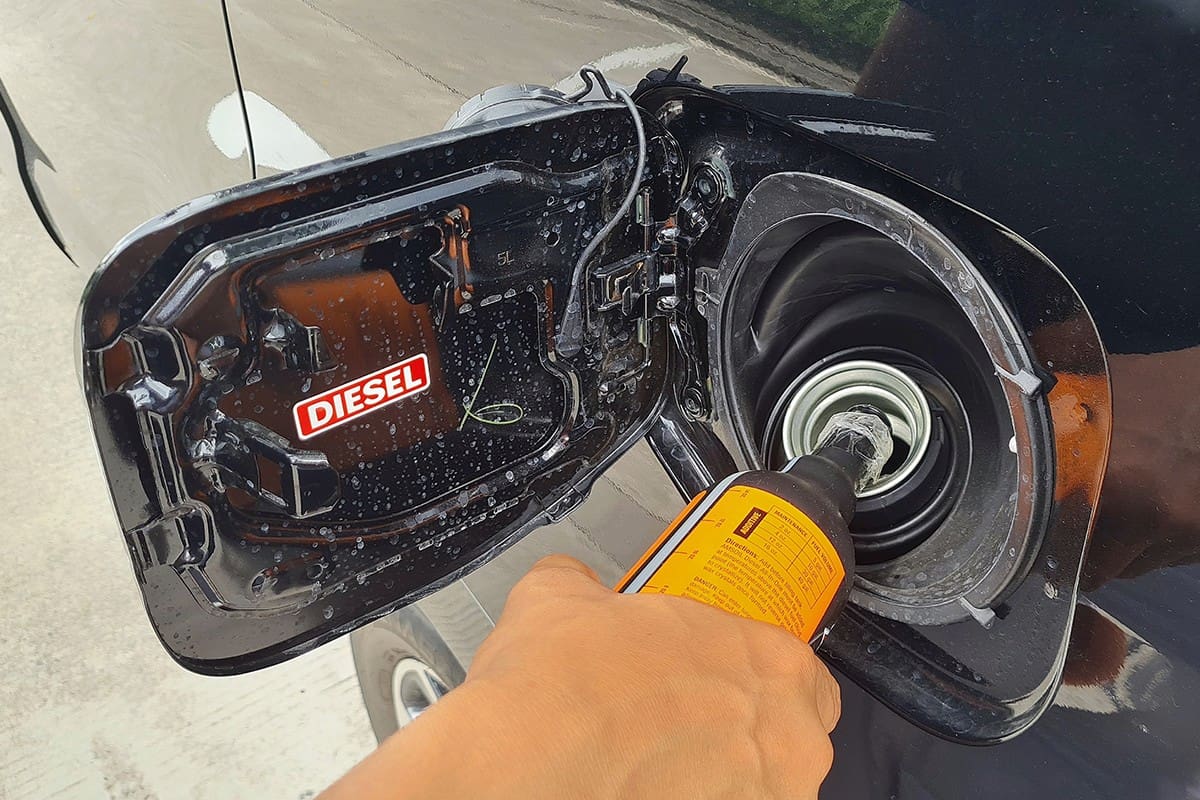
While an anti-gelling additive can keep your diesel fuel from clogging up and stalling your vehicle, too much of it can certainly be a bad thing. That's why it's important for you to get a total understanding of why it's important to know how these additives work to begin with.
You might think that an anti-gelling additive will cause dilution, making the fuel less likely to gel up. But these additives do not dilute the fuel at all. Rather, they create a chemical reaction that prevents the molecules in the wax from solidifying.
If you use too much of these additives, you can damage the engine. The additives are meant to be used in very small amounts, and higher concentrations will build up and clog other parts of the lines and corrode the moving parts of the engine.
How to prevent diesel fluid from gelling
If you live in a place where temperatures will fall below 20 degrees Fahrenheit, you will want to take steps to keep the diesel fuel in your vehicle from gelling. Block heaters are a great device to keep this from occurring.
The block heater is a must-have if you live where it's cold
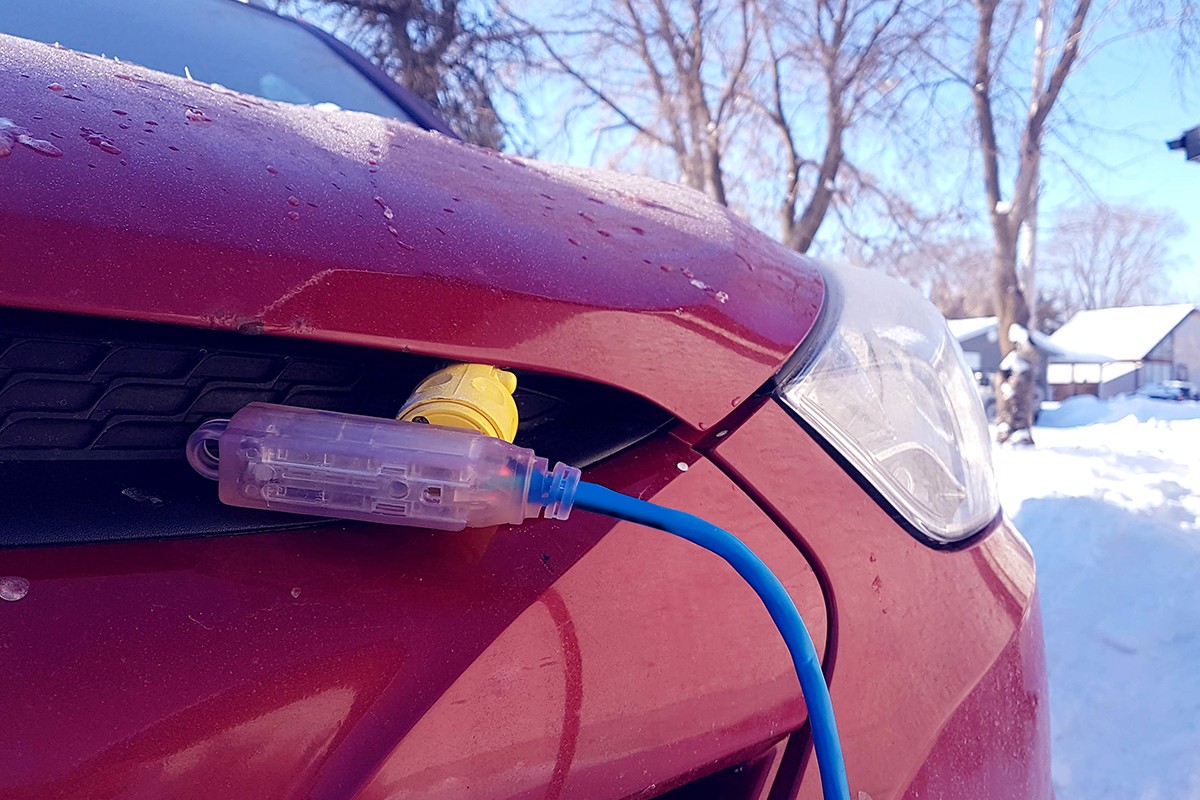
Attaching a block heater to the engine block will keep the engine warm enough to stop gelling. The block, made of metal, retains heat well and warms the other parts under the hood. But block heaters are not the only step you should take to prevent the fuel from gelling.
Consider pouring an additive into your fuel tank
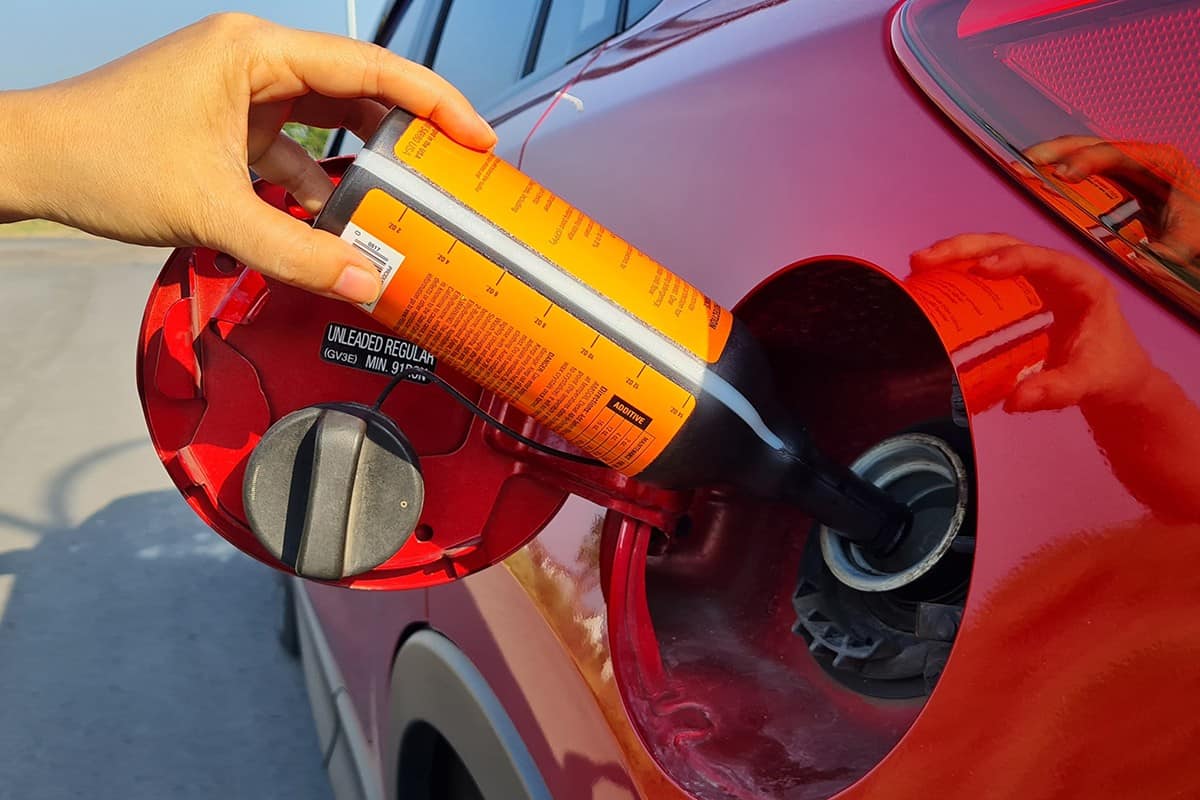
Additives go a long way in preventing gelling. Carefully add the specified amount to your fuel tank when the forecast calls for lower temperatures. This won't stop gelling at any temperature but does greatly reduce the risk of it happening.
There are a great number of diesel fuel additives on the market. If you are unsure of which one to consider, consult your dealership or a local mechanic about which one will work best for your vehicle.
You should be using winterized diesel fuel in colder months
Using winterized diesel fuel will also reduce the risk of the diesel fuel gelling up on you. As we mentioned earlier in this post, this blend of #1 and #2 diesel fuel has less paraffin in it, so it will be less likely to gel.
Final thoughts
A block heater does a great job at keeping diesel fuel from gelling, but it can sometimes take more than just this device to un-gel this fluid.
Keeping an additive like Sno-Cat handy will help speed up the process of un-gelling your fuel; just be sure to put some on the fuel filter element and its housing. Too much anti-gel can harm your engine, so follow the instructions carefully. Drive safe!
Make it all the way to the end? We hope this post on block heaters answered all of your questions. For additional helpful information, we recommend reading the following posts:
Can You Leave An Engine Block Heater Plugged In Overnight?
